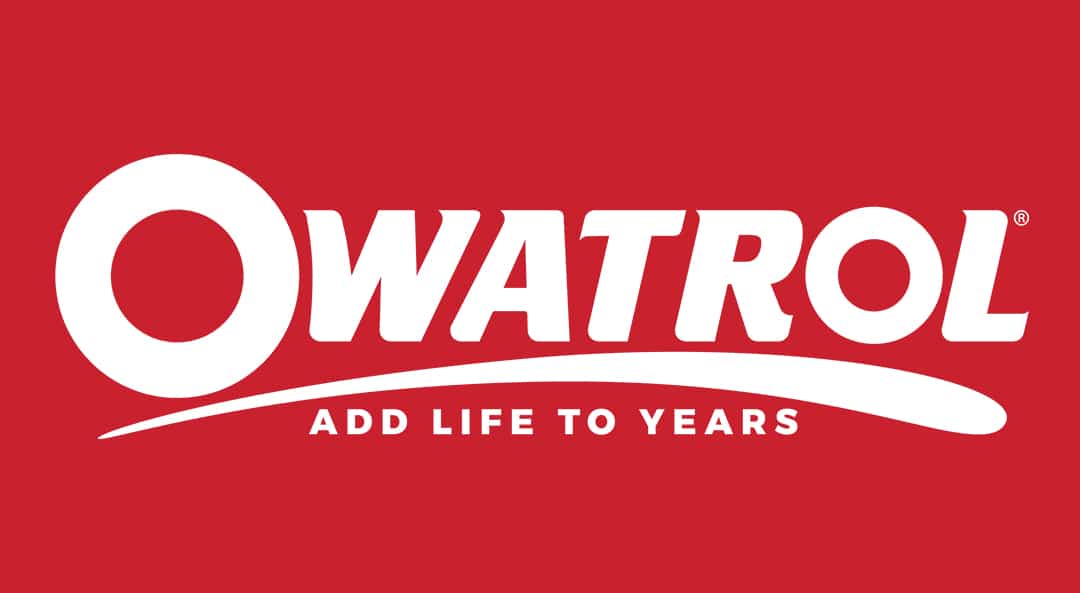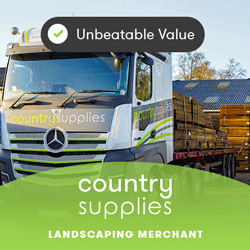Hardwood Timber Decking, where does it come from?
Hardwood Timber Decking, where does it come from?
I may be right, dare I suggest that the majority of clients that request a hardwood deck assume that they are all the same – after all they are all called Hardwood “aren’t they”? in short folks – nope.
South America for, Ipe – Cumaru – Kurupay -Massaranduba
Africa, Elondo
Indonesia, Teak
SE Asia, Merbau, Teak
The density, colour, grain, length and cost will all differ tremendously. In short if your timber is full of knots with a sweeping and swirling grain the cost will be at the bottom of the pricing spectrum of pricing, there are exceptions of course. The most expensive being hand select, quarter cut Yacht grade teak seated firmly at the top of the price… hundreds per square metre no less.
Does it matter…
Of course, when selecting your timber, the timber species quality differs from country to country especially due to how it is handled, dried (with kiln or air), transported, certified and of course the price. If in doubt you can freely contact TRADA (Timber Research and Development Association) or TTF (Timber Trade Federation). I would recommend certified timber as far as practicable.
How much does hardwood cost and why?
One must consider the distance from the plantation the timber as to travel to the sawmill. There the raw materials are cut into simple planks for either storage or transportation. These simple boards of hardwood are assembled into 3 cubic metre packs of mixed length, then into a container, transported to the coast – onto a ship – halfway around the world and then into a European timber importers store via container lorry. Take a breath as the timber is then kept for up to 2 years before shipping to another mill for profiling into decking boards before being packaged. It is then, finally, the pack of beautiful timber is transported to a trade outlet where the contractor, designer or landscaper says “but I want it all in the same length”…
Any hardwood will do, won’t it!
In short no, the issue with armchair specifiers is that they trawl the internet for the cheapest hardwood they can find and as the species has been showcased in beautiful projects in far reaching parts of the world they assume that it is good for the UK environment… The standard of 21mm hardwood and a set size of screws for fixing can be assumed all is well but is this is used for e.g. Massaranduba or Yellow Balau (Bankirai) the deck will certainly buckle, twist and snap your screw heads within weeks of installation. Certain timbers need very little fixing, like Teak (as long as it is Tectona Grandis, any other botanical species is not real teak) but do understand that most timbers for decking sold in the UK are not really suitable unless you reduce the joist centres to at least 300 centres and use oversized quality stainless steel screws.
Does certification matter?
For cheap timber where the end user isn’t too bothered and as long as the timber conforms to the EUTR (European Union Timber Regulations) then no. But if the client would prefer to have ethically and sustainable sourced timber then the answer is an absolute yes.
So what should I buy?
FSC or PEFC timber that conforms to EUTR, try 28mm timber, the labour will be the same to install it, the stability and durability will be greatly enhanced and will certainly make for a structure fit for purpose and one your client will be happy with.
Tip of the week
28 mm Ipe if you have the budget, did you know Rustic Teak 21 mm will cost the same… your thoughts.



